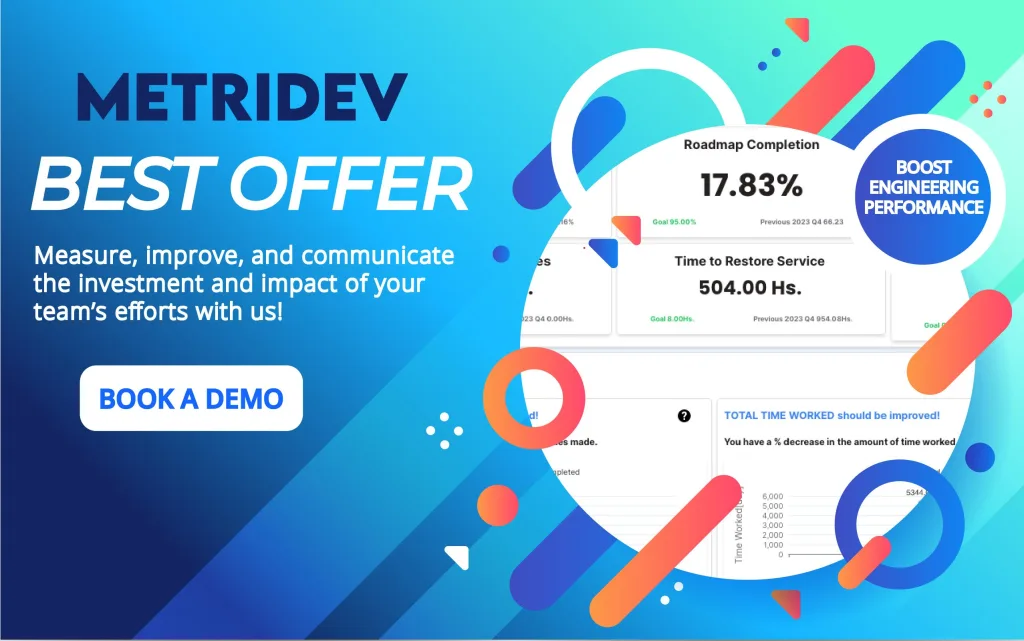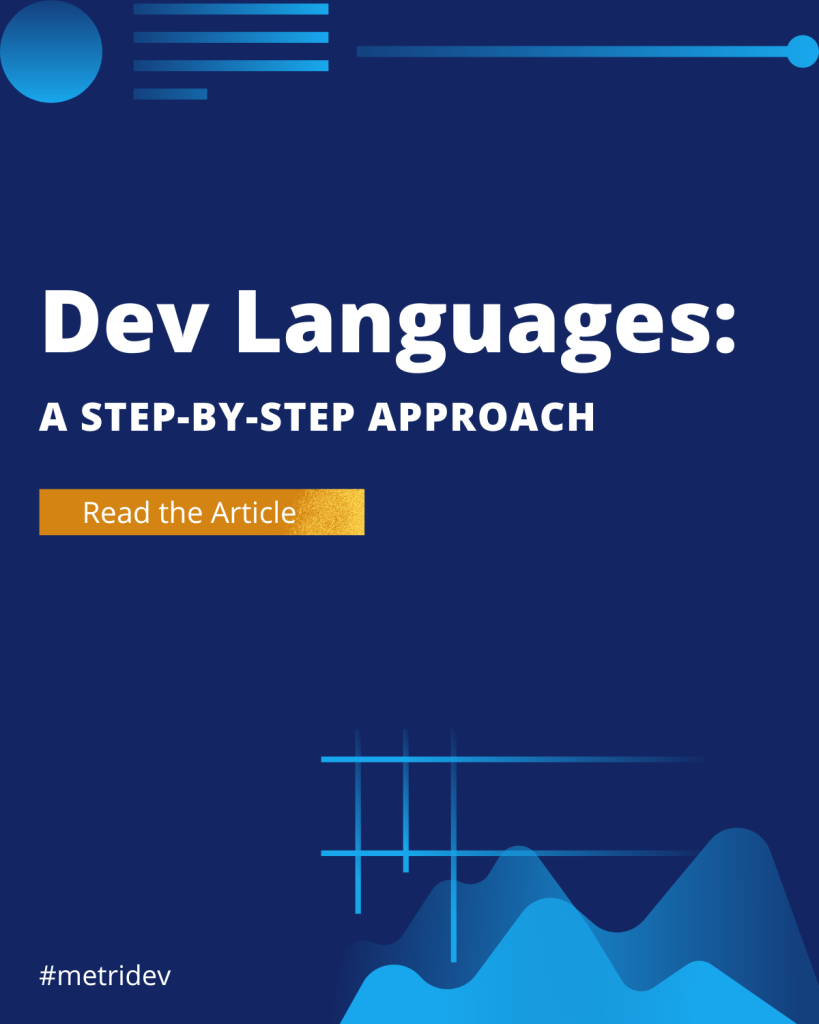Introduction
Agile teams strive for efficiency and transparency in their projects. One tool that can greatly aid in achieving these goals is the iteration burndown chart. This article will provide a comprehensive guide on what an iteration burndown chart is, how it can be created, and the benefits it offers to agile teams.
What are the Four Types of Burndown Charts?
There are four main types of burndown charts commonly used in Agile projects:
1. Iteration Burndown Chart: Tracks the progress of work within a specific iteration or sprint, as discussed earlier in this article.
2. Release Burndown Chart: Provides an overview of the progress made towards completing the entire project or release. It tracks the work remaining across multiple iterations or sprints.
3. Product Backlog Burndown Chart: Focuses on tracking the progress of the product backlog items over time. It helps the team understand how much work is remaining in the overall product backlog.
4. Epic Burndown Chart: Tracks the progress of completing epics, which are large bodies of work that can be broken down into smaller user stories. It provides visibility into the completion of epics and helps in managing their delivery.
These four types of burndown charts cater to different levels of granularity and provide insights into the progress of work at various stages of the project.
What is an Iteration Burndown Chart?
An iteration burndown chart serves as a visual representation, delineating the work completed and the work remaining in a specific iteration or sprint. It meticulously tracks the progress of a team’s tasks over time, facilitating a clear understanding of the ongoing work dynamics. Typically, the chart comprises a horizontal axis denoting time and a vertical axis illustrating the amount of work remaining.
What Does an Iteration Burndown Chart Track?
An iteration burndown chart tracks the work remaining in an iteration. This includes tasks, user stories, or any other units of work that the team needs to complete within the given time frame. The chart shows the team’s progress in completing the work, with the goal of reaching zero work remaining by the end of the iteration.
The Purpose and Benefits of Using an Iteration Burndown Chart
The primary purpose of an iteration burndown chart is to provide visibility into the team’s progress and allow for early identification of any potential issues or delays. By tracking the work remaining, the chart helps the team stay on track. Also, it ensures that they are able to deliver the planned scope within the iteration.
Using an iteration burndown chart offers several benefits to agile teams. Firstly, it promotes transparency and accountability among team members. Everyone can see how the work is progressing, which fosters a sense of ownership and encourages collaboration. Additionally, the chart helps in identifying bottlenecks or areas where the team may be struggling. This way, it is possible to make timely adjustments and improvements.
How to Create an Iteration Burndown Chart
Creating an iteration burndown chart involves a few simple steps. Firstly, the team needs to define the time frame for the iteration. This could be a week, two weeks, or any other duration that the team has decided upon. Once the time frame is established, the team can start plotting the work remaining on the chart.
To create the chart, the team can use a spreadsheet or any other software that allows for easy visualization. They can plot the amount of work remaining at the start of each day, and then update it at the end of each day based on the progress made. By connecting the data points, the team can create a line that represents the ideal progress towards zero work remaining.

Understanding the Components of an Iteration Burndown Chart
An iteration burndown chart, comprising several components, offers valuable insights into the team’s progress. The horizontal axis, typically divided into days or other suitable time units, delineates time. Meanwhile, the vertical axis measures the amount of work remaining, often quantified in story points, hours, or other relevant units.
The ideal progress line, a straight line connecting the starting point (reflecting total work remaining at the iteration’s onset) to the endpoint (depicting zero work remaining at its conclusion), serves as a benchmark for evaluating the team’s progress. Conversely, the actual progress line, updated daily, illustrates the team’s real-time progress. Deviations from the ideal line indicate whether the team is ahead of or behind schedule.
Interpreting the Data on an Iteration Burndown Chart
Interpreting the data on an iteration burndown chart requires understanding the relationship between the actual progress line and the ideal progress line. If the actual progress line is consistently below the ideal progress line, it indicates that the team is falling behind schedule. On the other hand, if the actual progress line consistently stays above the ideal progress line, it suggests that the team is ahead of schedule.
Additionally, the slope of the actual progress line can provide insights into the team’s velocity. A steep slope indicates that the team is making significant progress, while a shallow slope may indicate that the team is facing challenges or experiencing delays. By analyzing the data on the iteration burndown chart, the team can identify patterns, adjust their approach if necessary, and make informed decisions to ensure successful iteration completion.
What is a Burndown Chart in Agile?
A burndown chart in Agile is a tool used to track the progress of work in a project or iteration. It provides a visual representation of the work remaining and helps the team stay on track to meet their goals. The iteration burndown chart is a specific type of burndown chart that focuses on tracking work within a particular iteration or sprint.
Agile Iteration Burndown Chart
An agile iteration burndown chart is designed to track the progress of an agile team’s work during a specific iteration or sprint. It allows the team to visualize their progress and make data-driven decisions to ensure timely delivery of the planned work. The chart helps the team identify any potential issues or delays early on, enabling them to take corrective actions and maintain productivity.
Tips for Effectively Using One in Agile Teams
To ensure the effective use of an iteration burndown chart, consider the following tips:
- Regularly update the chart: Ensure that team members consistently update the chart at the end of each day. This will provide accurate visibility into the progress and help identify any potential issues early on.
- Use the chart as a communication tool: The iteration burndown chart can serve as a visual aid during team meetings or stand-ups. It promotes transparency and facilitates discussions on progress, challenges, and potential solutions.
- Analyze trends and patterns: Look for patterns in the data to identify areas for improvement. Analyze the slope of the actual progress line to understand the team’s velocity and make data-driven decisions.
- Consider external factors: While the iteration burndown chart is a valuable tool, it should be used in conjunction with other factors such as team dynamics, external dependencies, or scope changes. Consider these factors when interpreting the data and making decisions.
By following these tips, teams can maximize the benefits of using an iteration burndown chart and enhance their overall agility and productivity.
Common Challenges and Pitfalls When Using an Iteration Burndown Chart
While iteration burndown charts can be highly beneficial, there are some common challenges and pitfalls that teams may face when using them. One challenge is accurately estimating the amount of work remaining, as it can be influenced by unforeseen complexities or dependencies. This can lead to deviations between the actual progress and the ideal progress lines on the chart.
Another challenge is maintaining consistent and accurate updates on the chart. If team members fail to provide timely updates or if the updates are not reflective of the actual progress, the chart may become inaccurate and ineffective as a tracking tool.
Furthermore, relying solely on the iteration burndown chart without considering other factors such as team dynamics, external dependencies, or changes in scope can limit its effectiveness. It is important to use the chart as a supplementary tool and not rely solely on it for decision-making.
How to Create a Burndown Chart with 3 Iterations
Creating a burndown chart with three iterations follows a similar process as creating a chart for a single iteration. The main difference is that the chart will span across multiple iterations, providing a broader view of the project’s progress.
To create a burndown chart with three iterations, start by defining the time frame for each iteration. For example, if each iteration lasts two weeks, the chart will cover six weeks in total. Next, plot the amount of work remaining at the start of each iteration and update it at the end of each day based on the progress made.
Connect the data points for each iteration to create three separate lines representing the ideal progress for each iteration. The chart will show the progress of work remaining across all three iterations, allowing the team to monitor the overall progress and make necessary adjustments.
Some Tools and Software for Creating and Tracking One
Several tools and software are available to aid in creating and tracking iteration burndown charts. These tools provide intuitive interfaces, automation, and real-time updates, making the process more efficient and accurate. Some popular options include:
- Jira Software: Jira offers built-in features for creating and tracking burndown charts. Moreover, it integrates seamlessly with agile project management and provides comprehensive reporting capabilities.
- Trello: In addition to being a flexible project management tool, Trello allows teams to create burndown charts using its card and list system. Furthermore, it offers customizable workflows and provides real-time updates on progress.
- Microsoft Excel: Excel, known for its versatility as a spreadsheet software, can be used to create burndown charts. Additionally, it offers various chart templates and customization options, making it suitable for teams with specific requirements.
- Google Sheets: As a cloud-based spreadsheet software, Google Sheets provides collaboration features and real-time updates. Additionally, it offers templates and add-ons for creating burndown charts.
Choosing the right tool depends on the team’s specific needs, budget, and familiarity with the software. It is important to select a tool that aligns with the team’s workflow and enhances their productivity.

Conclusion and Key Takeaways
Iteration burndown charts are valuable tools for agile teams seeking transparency and efficiency in their projects. They provide visibility into the team’s progress, help in identifying potential issues, and allow for data-driven decision- making.
When creating an iteration burndown chart, consider the time frame, accurately track the work remaining, and interpret the data to make informed decisions. Be aware of common challenges and pitfalls, and use the chart as a supplementary tool alongside other factors influencing project progress.
By following the tips provided and utilizing appropriate tools, agile teams can effectively implement iteration burndown charts and enhance their overall project management. These charts serve as powerful communication tools, promoting collaboration and accountability within the team. Embrace the benefits of iteration burndown charts and elevate your agile project management practices.
Thank you for reading! If you enjoyed this article share it on your social media😉








Leave a Reply